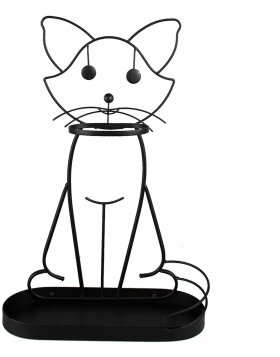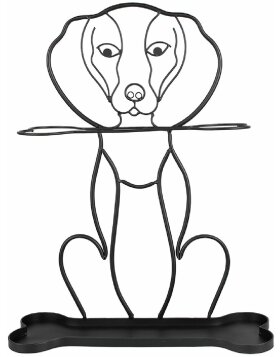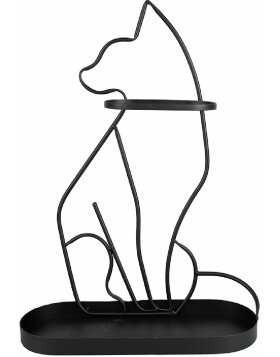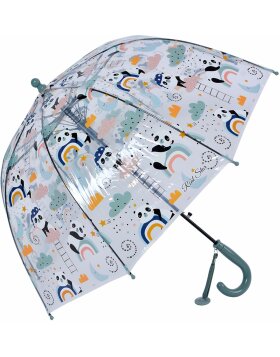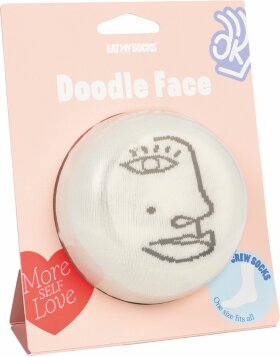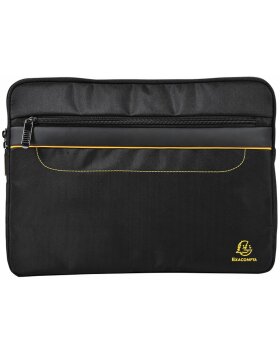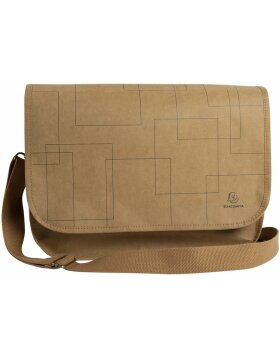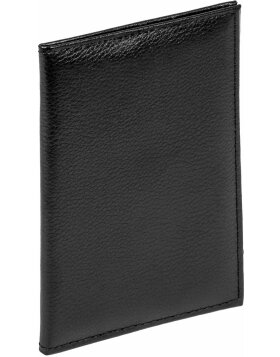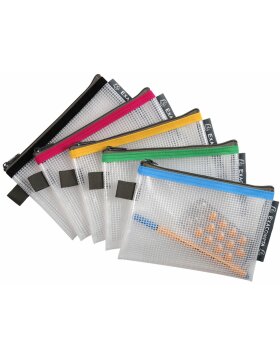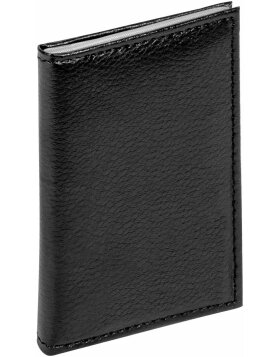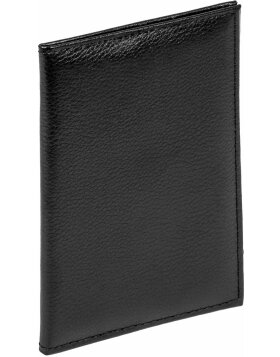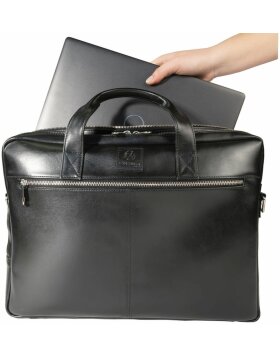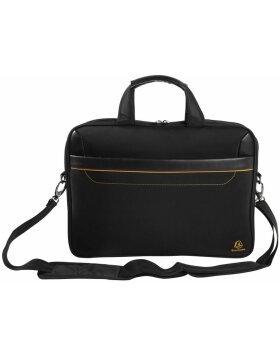Item with Department: Unisex
FAVORITE PRODUCTS FROM THIS CATEGORY
Unisex department
In a world that is increasingly concerned with equality and diversity, the concept of unisex departments is becoming more and more important. Unisex products are those that can be used equally by all genders and do not have a specific gender bias. These products promote equality by challenging and breaking the traditional stereotypes associated with different genders. In this text, we will discuss the different aspects of unisex departments and the importance of their existence in our society.
Products for a broad target group
First of all, it is important to understand the basic idea behind unisex departments. In the past, products were often developed and marketed specifically for men or women. However, this gender-specific separation has often meant that the needs and preferences of a broader target group have been neglected. Unisex departments are committed to ensuring that everyone, regardless of gender, has the opportunity to find products that meet their individual needs and interests.
The development of unisex products already starts in the design and manufacturing phase. Designers and product developers have to make sure that they take into account a wide range of preferences and needs. This means that they must break away from traditional gender stereotypes and instead create versatile and flexible products that are equally appealing to everyone.
Fashion for both genders
One area where unisex divisions are particularly evident is in the fashion industry. Here we find numerous examples of unisex garments such as T-shirts, trousers, jackets and shoes that can be worn by people of either gender. By offering such garments, unisex departments have contributed to people increasingly freeing themselves from rigid gender roles and norms and instead developing their own individual style.
The unisex concept has also established itself in the field of cosmetics and care products. More and more companies are developing products that are suitable for both men and women and dispense with unnecessary gender-specific distinctions. These include, for example, shower gels, shampoos, deodorants and skin care products that can be used equally by all genders due to their neutral fragrances and ingredients.
The advantages of unisex departments are manifold. On the one hand, they promote gender equality by challenging and breaking down stereotypical ideas about gender roles. For another, they offer customers a wider choice of products and allow them to express themselves freely and independently of social norms.







